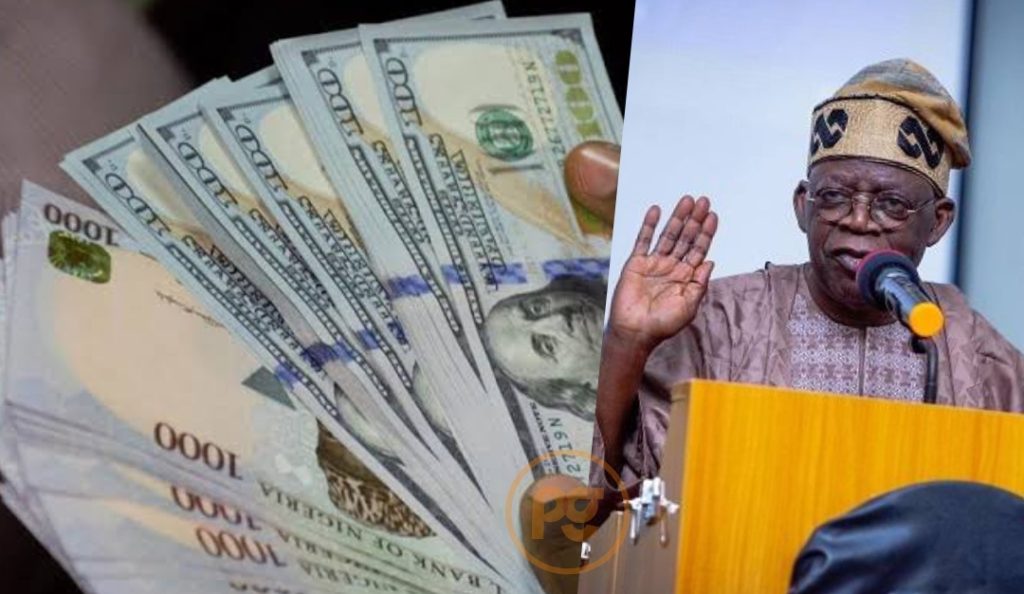Anthony Osae-Brown and Emele Onu
Nigeria’s currency appears to be decoupling from the price of oil, the nation’s main source of foreign exchange.
After some initial volatility in the first half, the naira stabilised even as oil prices fell.
Analysts from Deutsche Bank AG to Cardinal Stone expect the Nigerian currency to end the year near 1,556 per dollar — its average exchange rate in the first six months of 2025 after it slumped 41% in 2024.
It traded around 1,530 on Tuesday, largely flat on a year-to-date basis.
The change in the naira’s fortunes can be attributed to its undervaluation, higher non-oil exports and lower import demand, said Ayo Salami, chief investment officer at Emerging Markets Investment Management Ltd. in London.
The currency is trading below its fair value based on purchasing power parity, he said.
A steady naira will offer relief to businesses after its steep losses in the prior two years caused by the central bank’s decision to allow it to trade more freely against the dollar.
The naira’s stability has also been helped by a weakening US dollar, which is down more than 10% this year, and less dependency on imported refined products.
A Bloomberg index for local bond performance is at a record high and has returned 19% this year, its best first-half performance since December 2020.
The gauge for emerging-market local debt has returned 12% in the period. Stocks in Nigeria are up 18% this year.
“The NGN has become more correlated with global risk conditions,” said Samir Gadio, head of Africa strategy at Standard Chartered Plc.
“Risk conditions have since improved materially; this has supported renewed portfolio flows into Nigeria debt even with oil prices currently below $70 per barrel.”





